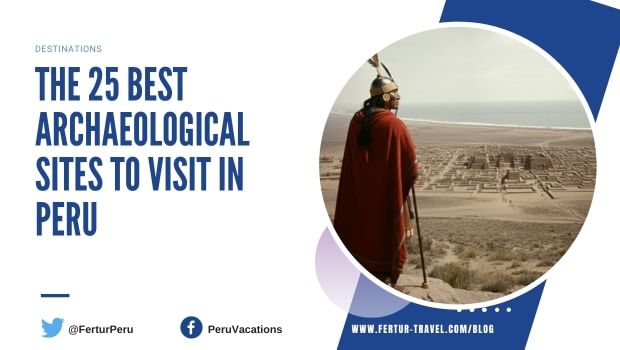
25 Best Archaeology Sites to Visit in Peru
Learn about the best archaeological sites to visit in Peru with this detailed guide. From Inca shrines to ancient Moche temples and a sprawling Chimú capital that stands to this day as the largest in the world, this list covers Peru’s most captivating ruins.
Peru is recognized as the world’s Sixth Cradle of Civilization, alongside Egypt, Mesopotamia, India, Mexico, and China.
The ancient ruins listed below span Peru’s archaeological landscape, reflecting the diversity of fascinating cultures that emerged and faded over millennia. As you visit these ruins, a story line will emerge. It’s a helluva story.
- Ollantaytambo
- Pisac
- Sacsayhuaman
- Qorikancha (Coricancha)
- Maras Salt Mines
- Moray
- Tambomachay
- Chinchero
- Tipón
- Piquillaqta
- Huchuy Qosqo: Little Cusco
- Waqrapukara: The Hidden Horn-Shaped Fortress
- The Crown Jewel: Machu Picchu
- Along the Qhapaq Ñan Inca Trail to Machu Picchu
- Choquequirao: The 'Sister City' of Machu Picchu
- Nazca Lines
- Pachacamac
- Lima's Ancient Heart: Huaca Pucllana
- Chan Chan
- Huaca del Sol y de la Luna (Temples of the Sun and Moon)
- The Cradle of Civilization: The Sacred City of Caral-Supe
- Chavín de Huantar
- Kuelap
- Sarcófagos de Karajía
- Sillustani
Cusco’s Sacred Valley: Ollantaytambo and Pisac
Nestled in the heart of the Sacred Valley, Ollantaytambo and Pisac are two must-visit sites that showcase the architectural prowess of the Inca Empire.
Ollantaytambo
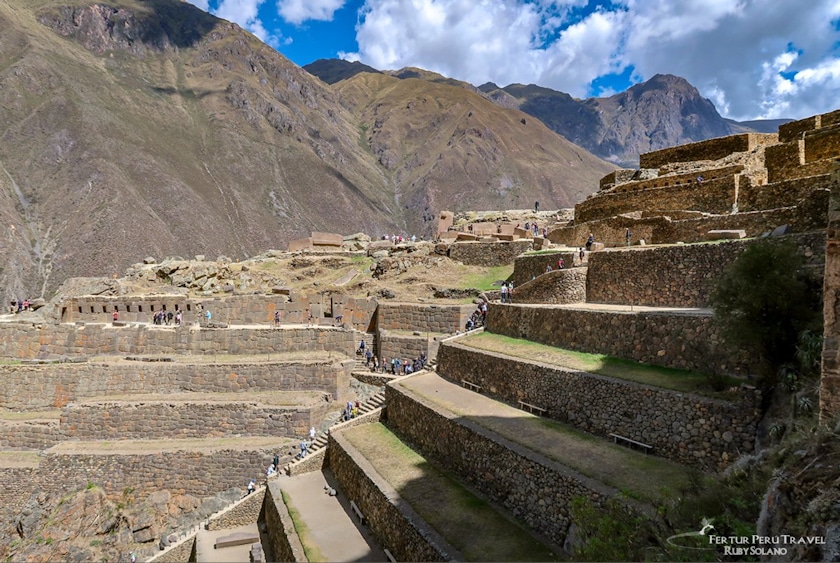
Ollantaytambo is one of the most significant and extensive archaeological complexes of the Inca Empire. This ancient town, a 37-mile (60-kilometer) drive from Cusco, features some of the oldest continually occupied dwellings in South America.
The Spanish invaders initially believed the mountainside structures to be fortresses due to their imposing walls and terraces. However, Ollantaytambo was primarily a town and ceremonial center strategically located at the convergence of the Patakancha and Urubamba river valleys.
Ollantaytambo was built by Emperor Pachacutec as his personal estate. One famous legend spawned here became a theatrical Inca classic, the romantic tale of forbidden love between General Ollantay and the Inca emperor’s daughter, Cusi Coyllur. The site played a crucial role in the empire’s final defense when Manco Inca repelled the Spanish conquistadors’ first attempt to take the town. The site is a testament to impeccable Inca urban planning, evident in its streets, plazas, water channels, staircases, shrines and temples, all showcasing incredibly sophisticated stonework.
Pisac
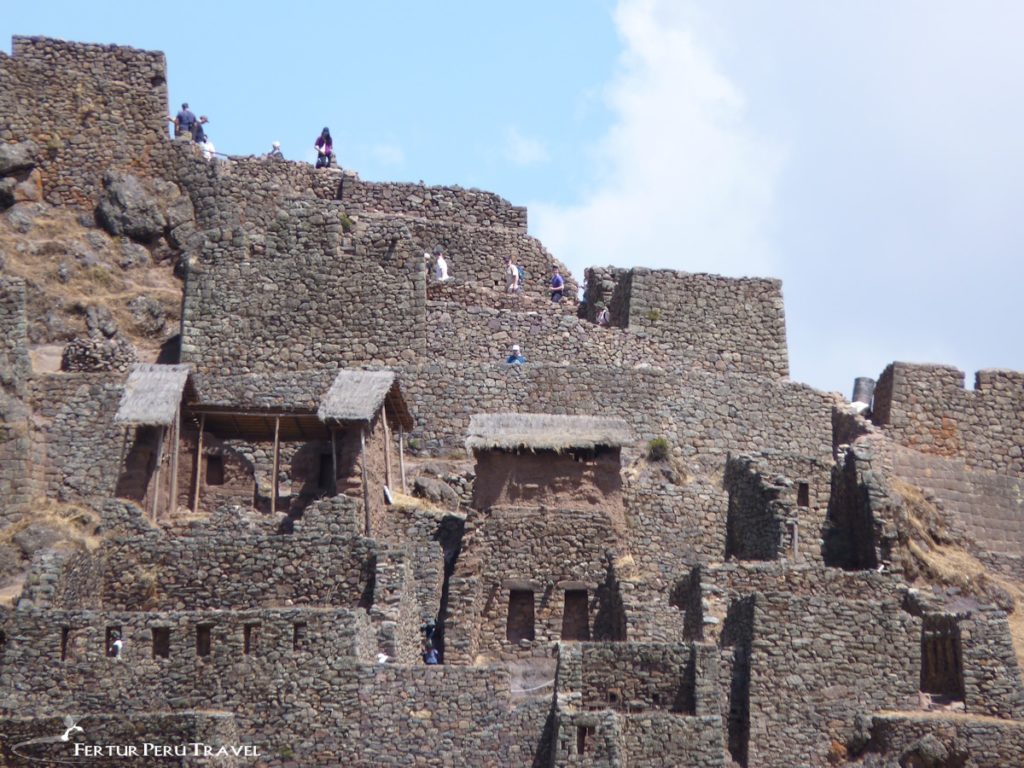
Just 19 miles (30-Kilometer) from Cusco, Pisac Archaeological Park is formed around an Inca mountaintop citadel. The sprawling site features a breathtaking amphitheater of terraces carved into the hillside, rivaling the grandeur of Machu Picchu.
“Pisac” is derived from the Quechua word p’isaqa, a bird that resembled a large partridge, and it is believed that this species lived in the mountainous areas surrounding the temple-fortress community. The Inca often named their settlements after local fauna or features of the landscape, in keeping with their reverence for the Pachamama, or Mother Earth.
Constructed in the 15th century during the reign of Sapa Inca Pachacuti, Pisac served multiple purposes, including as a ceremonial center, a strategic military outpost and an agricultural hub, that employed sophisticated irrigated farming at high altitudes.
Across from the ruins, on the other side of the Quitamayo Gorge, a shear cliff face is lined with seemingly inaccessible funeral niches, hundreds of them — the largest Inca cemetery yet discovered — their window-like openings carved into the rock. But inaccessible they were not. Over the centuries, they were all plundered. Every single one.
Cusco’s Megalithic Marvels: Sacsayhuaman and Qorikancha
The city of Cusco, once the capital of the Inca Empire, is home to two extraordinary sites: Sacsayhuaman and Qorikancha.
Sacsayhuaman
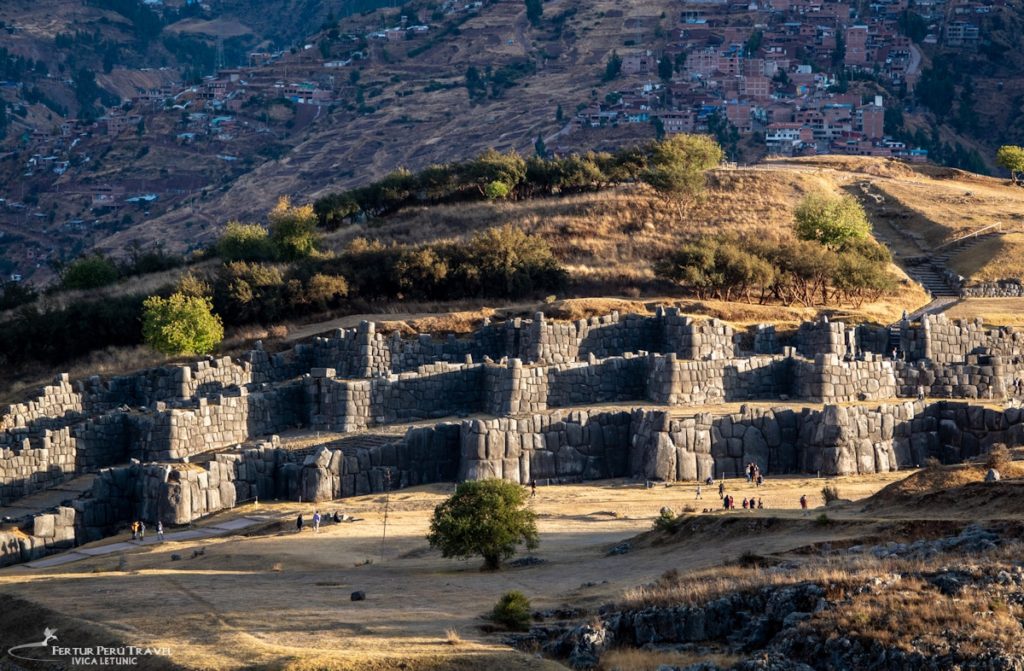
Located on the northeast hill overlooking Cusco, Sacsayhuaman is an imposing temple-fortress complex featuring three retaining terraces with huge interlocking stones. The zigzag formation of the walls is believed to represent the teeth of a puma, as Cusco was designed to resemble this sacred animal.
Sacsayhuaman contains the remnants of three towers: the Central Tower, called Muyuj Marca (“the round place”), was a residence for the Incas with walls once covered in gold and silver plate. The second tower was known as Paucamarca (“the friendly place”), and the third tower was called Sallajmarca (“the rough place”). The esplanade in front of Sacsayhuaman is the staging ground for the Inti Raymi festival every June 24th.
Qorikancha (Coricancha)
In the heart of Cusco lies Qorikancha, meaning “courtyard of gold” in Quechua. This temple was once the most important in the Inca Empire, dedicated to the worship of the sun. Constructed of granite, andesite, and green diorite stone, Qorikancha features remarkably straight walls. Although much of the original structure was destroyed by the Spanish, who built the Church of Santo Domingo on its foundation, the complex’s curved outer wall and some interior structures remain intact.
Maras Salt Mines
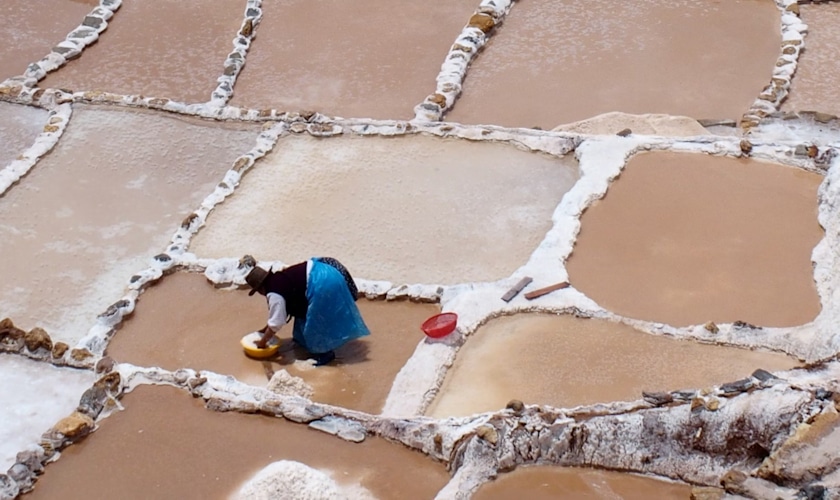
The Maras Salt Mines are a remarkable sight. Thousands of shallow pools cascade down a hillside, filled with salt water that evaporates to leave behind pure salt. This method of salt production at Maras has been used since pre-Inca times and continues to this day.
Moray
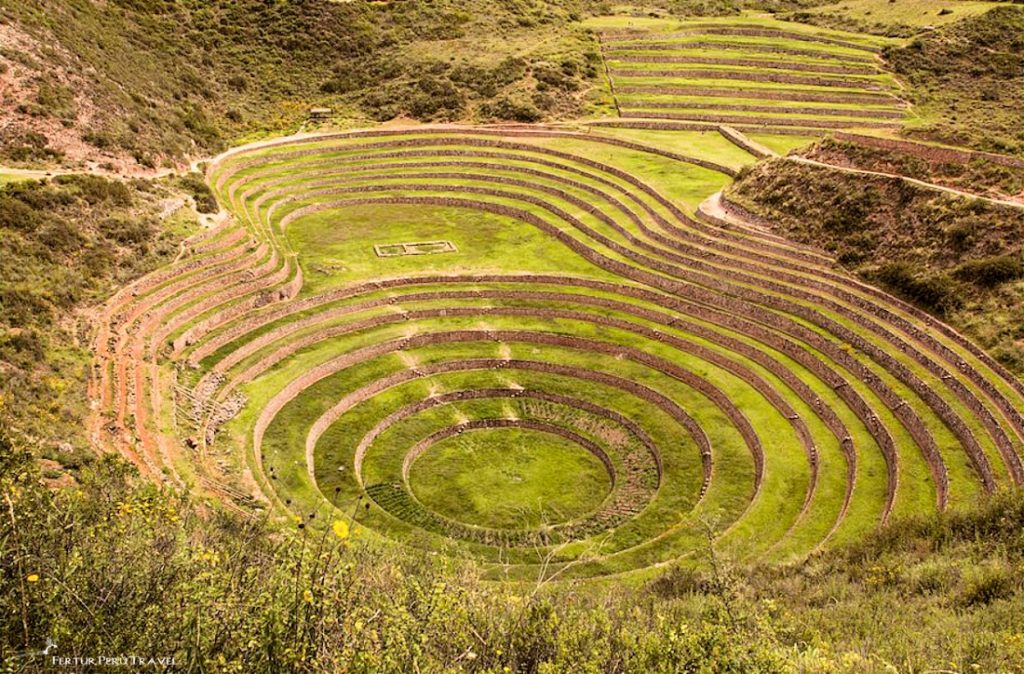
Located 60.3 miles (97 kilometers) from Cusco, Moray is a fascinating site with three immense, and one smaller, sets of amphitheaters monumentally carved into the terrain, each containing multiple terraced levels. The largest of these contains 12 circular levels, reaching a depth of 120 feet (37 meters). The prevailing theory holds that this was a center for agricultural experimentation, as the different levels create varied microclimates suitable for growing diverse crops.
Tambomachay
Known as the “Water Temple,” Tambomachay is located about 5 miles (8 kilometers) from Cusco, just passed Sacsayhuaman. This site, dating from around 1500 CE, was dedicated to the worship of water. It features impressive waterways, canals, and aqueducts, demonstrating the Inca’s hydraulic engineering skills. The monument consists of three sectors: the fountains with waterways and platforms on several levels, the canals, and the agricultural sector with platforms used to control irrigation.
Chinchero
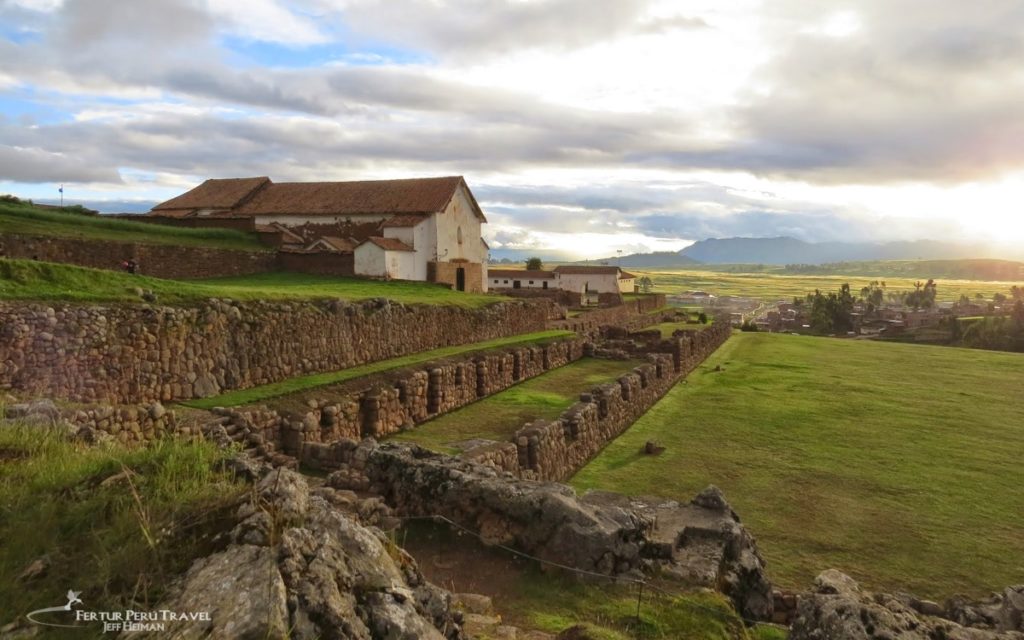
Situated 18.6 miles (30 kilometers) from Cusco, Chinchero is unique for its blend of Inca ruins, colonial architecture and the re-vindication of traditional weaving techniques. Constructed by Tupac Inca Yupanqui around 1480 CE, the site includes pre-Columbian walls, enclosures, platforms, staircases, and altars. In Chinchero, cultural weaving techniques have been revitalized through sustainable tourism workshops that showcase traditional methods of washing, dyeing, spinning, and weaving alpaca and sheep’s wool. These workshops represent a return to authentic practices, using natural dyes and materials that had been largely replaced by synthetic alternatives in the highland communities until about 35 years ago.
Cusco’s Southern Valley: Piquillaqta and Tipón
Tipón
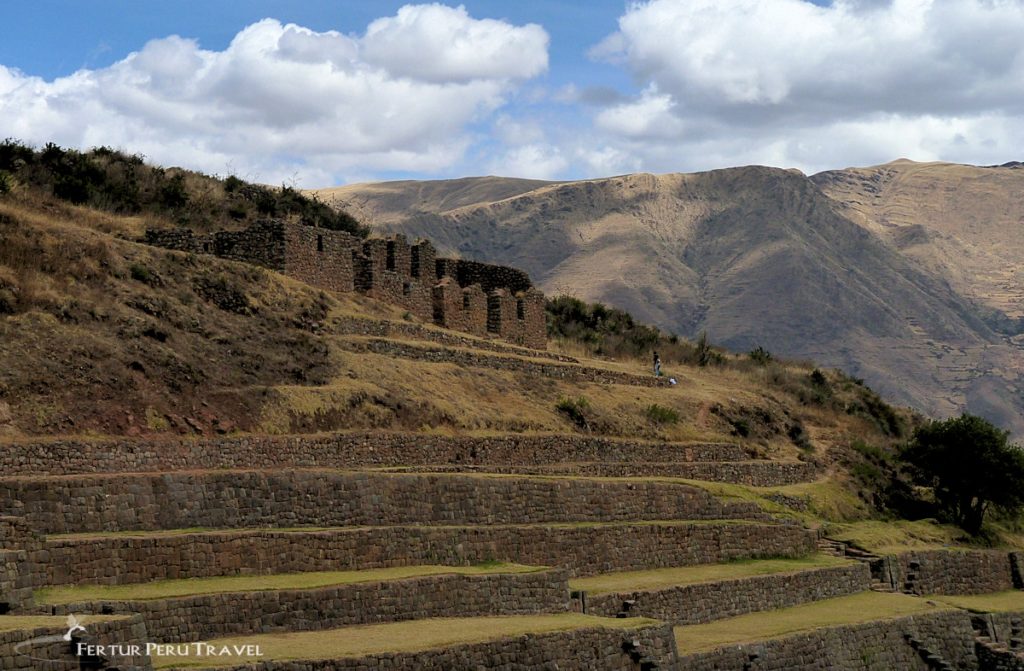
Tipón stands as a testament to Inca ingenuity, showcasing a masterpiece of hydraulic engineering. This 500-acre site near Cusco features a sophisticated, ancient irrigation system that remains operational year-round to this day.
The complex consists of 13 terraces, ranging from 11,089 to 11,352 feet (3,380 to 3,460 meters) in elevation, with U-shaped walls of exquisite masonry. At its heart lies a monumental fountain, channeling spring water through a network of canals. This marvel of pre-Columbian civil engineering includes drop structures for controlled water flow and precise branching to nearby residential areas. Tipon’s design demonstrates the Incas’ profound understanding of water management, creating a harmonious blend of functionality and beauty in this verdant, terraced landscape.
Piquillaqta
Piquillaqta, meaning “flea town” in Quechua, is a remarkable pre-Inca site that provides insight into the Wari civilization, which thrived before the rise of the Inca Empire. Serving as a provincial capital from 540 to 900 BCE, Piquillaqta is historically significant, showcasing the advanced urban planning and architectural prowess of the Wari.
The site is a vast complex, featuring over 700 stone structures arranged in a rigid geometric grid, forming a near-perfect rectangle. The architecture includes evidence of multi-story buildings, with some surviving walls standing nearly 131 feet (40 meters) high, highlighting the scale and sophistication of this ancient civilization.
Get Off the Beaten Tourist Path: Waqrapukara & Huchuy Qosqo
Huchuy Qosqo: Little Cusco
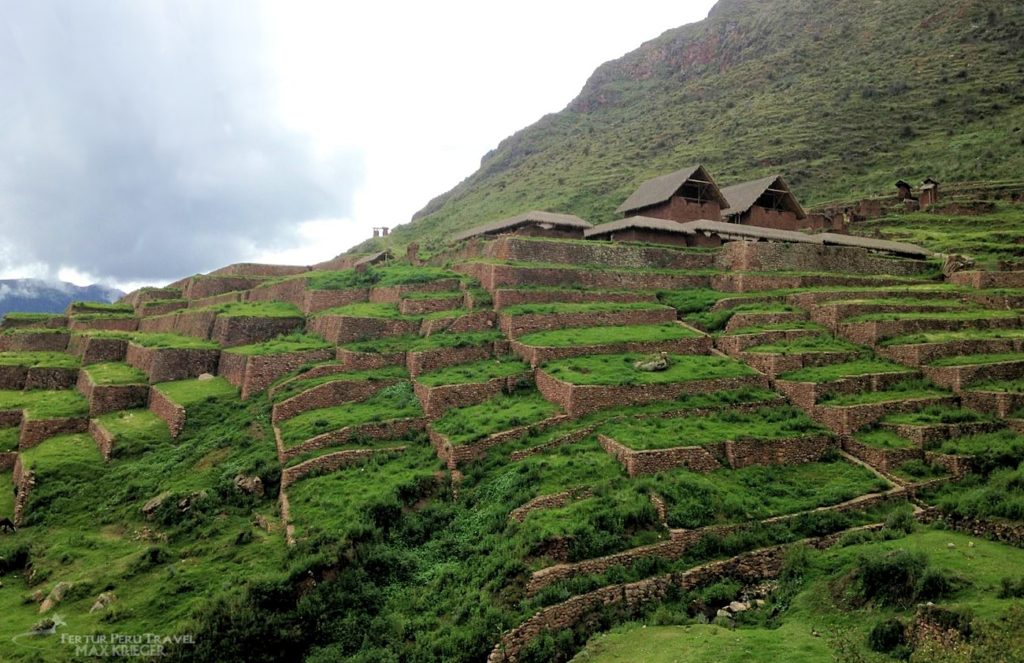
Huchuy Qosqo, or “Little Cusco” in Quechua, is a captivating Inca archaeological site perched high above the Sacred Valley. This lesser-known gem provides a remarkable opportunity for adventurous travelers to explore Inca ruins away from the more frequented paths. The site’s location on a mountain plateau above the town of Lamay offers breathtaking views of the Sacred Valley and the snow-covered Pitusiray peak. Accessing Huchuy Qosqo requires a trek. The most popular route starts from Chinchero, which can be completed with horse support if desired. Another scenic option is to take the Inca Trail from Tambomachay, which follows an ancient Inca path.
Waqrapukara: The Hidden Horn-Shaped Fortress
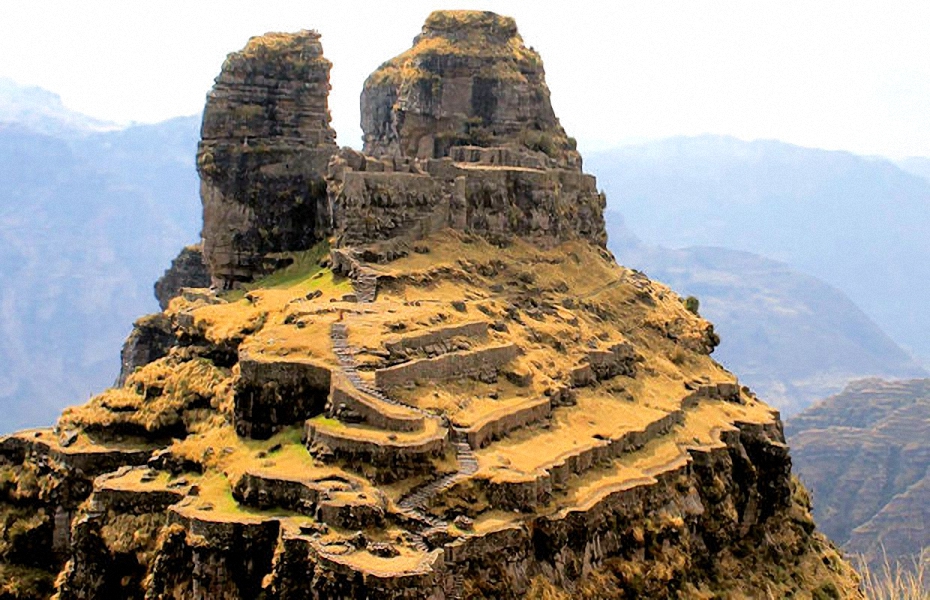
Waqrapukara, where according to legend, the General Tito Qosñipa rebelled with a renegade force against the Inca Huayna Capac.
Venturing off the beaten path of Peru’s more famous archaeological sites, we discover the impressive and lesser-known Inca temple fortress of Waqrapukara. Meaning “horn-shaped fortress” in Quechua, Waqrapukara is located in the province of Acomayo in Cusco’s Pomacanchi district. Reaching this remote site involves a 2½-hour drive from Cusco to the town of Santa Lucia, followed by a 2-hour trek.
The Crown Jewel: Machu Picchu
This UNESCO World Heritage site, located 70 miles (112 kilometers) from Cusco, is the most famous Inca ruin in the world. Built around 1430 CE and abandoned during the Spanish conquest, Machu Picchu features extraordinary architecture perfectly adapted to its mountain ridge setting.
With its majestic architecture, intricate stone walls, esplanades, and platforms, the city is marvelously integrated into the surrounding landscape. The site lies at 7,972 feet (2,430 meters) above sea level, immersed in mountain forests and surrounded by extraordinary biodiversity.
Machu Picchu was elected one of the new 7 wonders of the world in 2007, attracting visitors from all over the globe to marvel at its beauty and mystery.
Along the Qhapaq Ñan Inca Trail to Machu Picchu
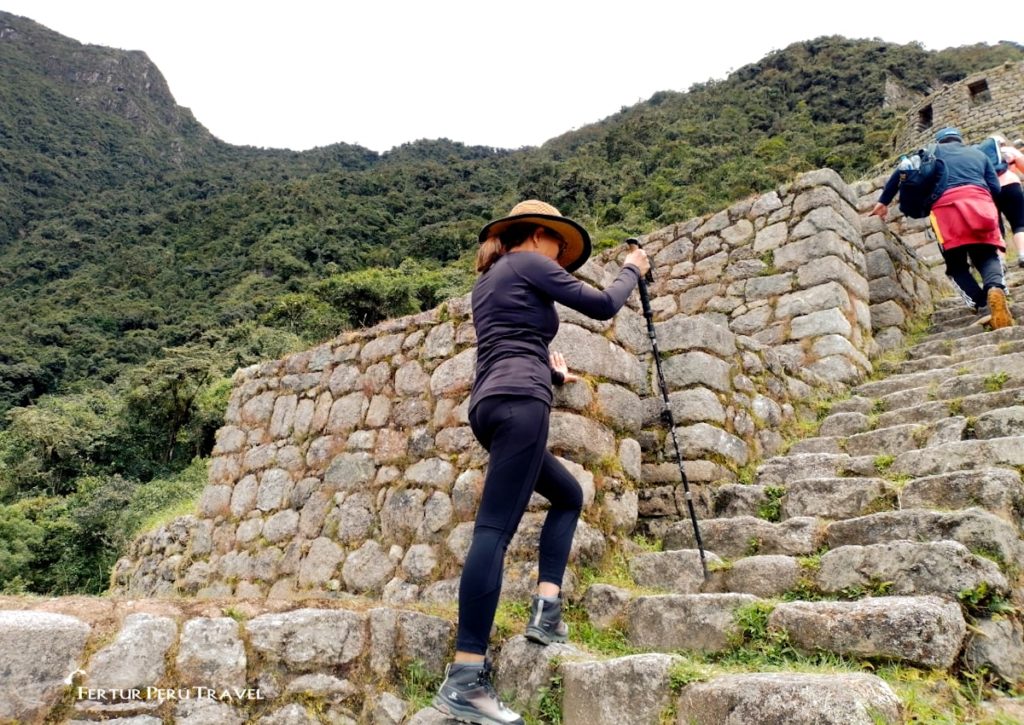
Arguably, combining Llactapata, Sayacmara, Phuyupatamarca and Wiñayhuayna together constitutes “padding” the list. But to be fair, these incredible archaeological sites are only accessible if you hike the Inca Trail to Machu Picchu. That was by design. The Inca’s design.
There is nothing “happenstance” about this grouping, according to Peter Frost, the archaeologist, writer, photographer, and independent Inca scholar.
“The Incas wanted those who walked this way to reel in awe as they crested the passes and rounded the corners,” Frost writes in his classic guide book, Exploring Cusco.
“They designed the trail as a dramatic narrative, with a series of troughs, slow build-ups and climaxes, each greater than the last, until the stunning finale, when travelers looked down from Intipunku upon Machu Picchu, shining on its stone isthmus between two great peaks far above the Urubamba River.”
Choquequirao: The ‘Sister City’ of Machu Picchu
Choquequirao, meaning “Cradle of Gold” in Quechua, stands as probably the premier hidden gem in the Peruvian Andes. This Inca city, built during the same era as Machu Picchu, sprawls across 2.3 square miles (6 square kilometers) at an elevation of 10,007 feet (3,050 meters).
Despite its massive size, only about 30-40% of Choquequirao has been excavated, leaving much to be discovered. The site showcases impressive Inca engineering, with a leveled hilltop ringed by stones to prevent landslides.
Visitors can explore well-preserved temples, buildings, and terraces, including the unique llama-shaped terraces on the west side.
The llama-shaped terraces on the north side of the site are a unique feature. These terraces, adorned with intricate carvings of llamas and other motifs, showcase tremendous architectural and artistic skills — probably not of the Inca, but rather of Chachapoya artisans brought from the empire’s northern region to complete the work. (That’s the theory convincingly laid out by field archaeologist Gary Ziegler and astrophycisist Kim Malville.)
The journey to Choquequirao is not for the faint of heart. It requires a challenging two- to five-day day trek through the steep Apurimac Canyon, offering breathtaking views and diverse microclimates along the way.
Coastal Mysteries: Nazca Lines and Pachacamac
Moving away from the Andean region, Peru’s coast offers its own archaeological marvels.
Nazca Lines
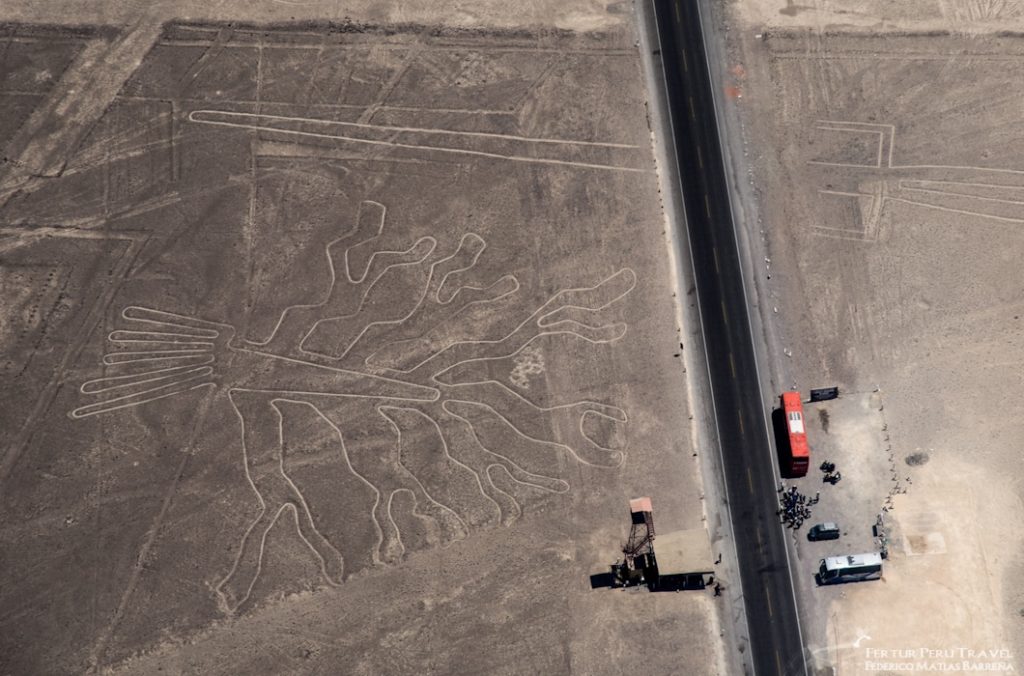
Located in the Nazca desert, about 250 miles (400 kilometers) south of Lima, the Nazca Lines are one of the world’s greatest archaeological mysteries. These enormous geoglyphs, depicting various animals and geometric shapes, cover an area 31 miles (50 kilometers) long and 9½ miles (15 kilometers) wide. Visible only from the air, their purpose and method of creation continue to puzzle researchers.
The lines are characterized by their grand size and the shallowness of their outlines, measuring between six and 12 inches (15 and 30 centimeters) deep. More than 30 geoglyphs in the form of marine and terrestrial animals have been identified, along with geometric and human figures.
Pachacamac
Just 19 miles (31 kilometers) from Lima, Pachacamac is one of the most important pre-Hispanic ceremonial centers on Peru’s central coast., Pachacamac is one of the most important pre-Hispanic ceremonial centers on Peru’s central coast. Occupied for at least two thousand years by various cultures, including the Lima, Wari, Ichma, and Inca, the site features monumental pyramids and covers an area of approximately 1,150 acres (465 hectares).
Lima’s Ancient Heart: Huaca Pucllana
In the heart of Lima’s Miraflores district stands Huaca Pucllana, a great adobe and clay pyramid built from seven staggered platforms. This important ceremonial and administrative center of the Lima culture dates back to 200-700 CE. Huaca Pucllana is associated with other sites in Lima, such as Maranga, Cajamarquilla, and Pachacámac.
Northern Wonders: Chan Chan and Huaca del Sol y de la Luna
Peru’s northern coast boasts some of the country’s most impressive archaeological sites.
Chan Chan
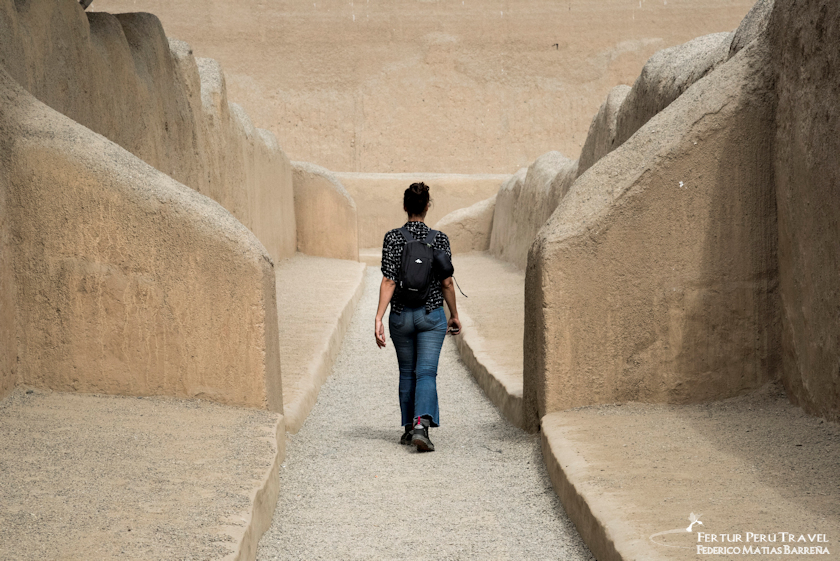
Located near Trujillo, Chan Chan was the administrative and religious capital of the Chimu culture, whose civilization developed between the 9th and 15th centuries. Considered the largest mud brick city in pre-Hispanic America and the largest adobe city in the world, Chan Chan covers an extensive area with its high walls (up to 20 feet or 6 meters) enclosing plazas, living quarters, storerooms, workshops, streets, and temple pyramids. It was designated a UNESCO World Heritage Site in 1986.
Huaca del Sol y de la Luna (Temples of the Sun and Moon)
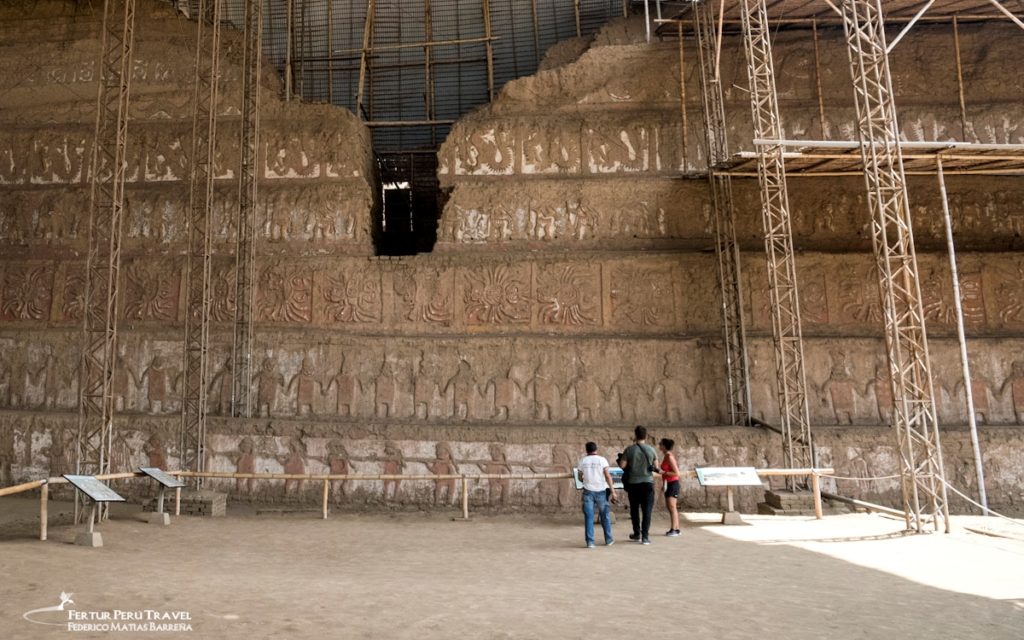
These two adobe brick pyramids, located just three miles (5 kilometers) south of Trujillo, belonged to the Moche culture (4th to 9th century CE). The archaeological complex covers an extensive urban area and is famous for its extremely well-preserved murals and colorful bas-relief carvings, depicting animals and mythical creatures framed by intricate geometric borders. The Temple of the Sun reaches a height of 141 feet (43 meters), while the Temple of the Moon is smaller at 69 feet (21 meters) high.
The Cradle of Civilization: The Sacred City of Caral-Supe
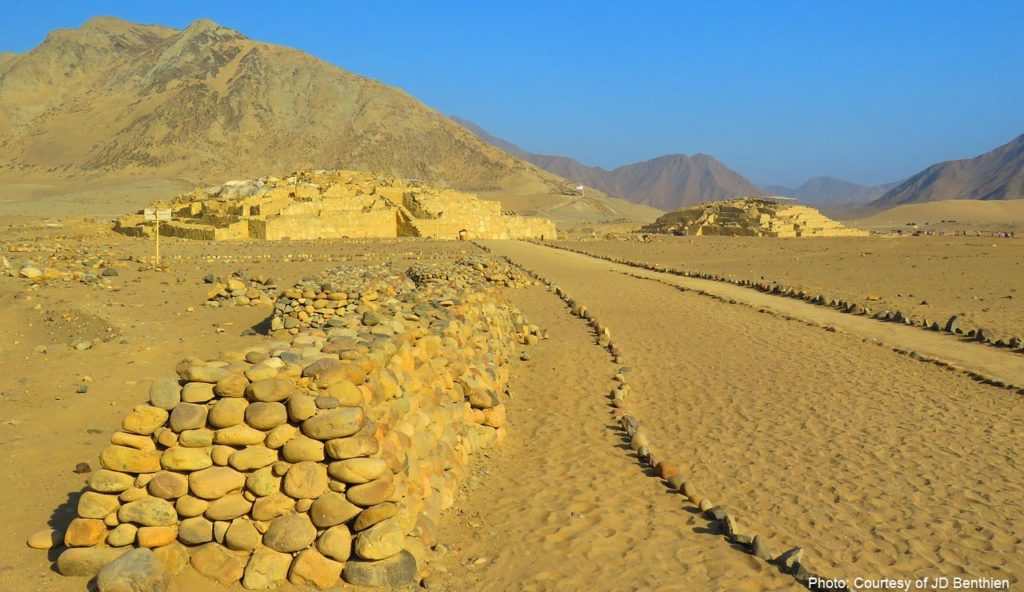
Caral, located about 124 miles (200 kilometers) north of Lima, is considered the oldest city in the Americas. Dating back to approximately 3000 BCE, this 5000-year-old city is contemporaneous with the early civilizations of Egypt, India, and Mesopotamia. The site covers an area of approximately 163 acres (66 hectares) and features six large pyramids, a series of smaller buildings, residential areas, public plazas, amphitheaters, and a circular plaza. Caral represents the oldest known urban settlement in the Americas and provides invaluable insights into the emergence of civilization in the region.
Northern Peru’s Hidden Gems: Chavín de Huantar, Kuelap and Sarcófagos de Karajía
Chavín de Huantar
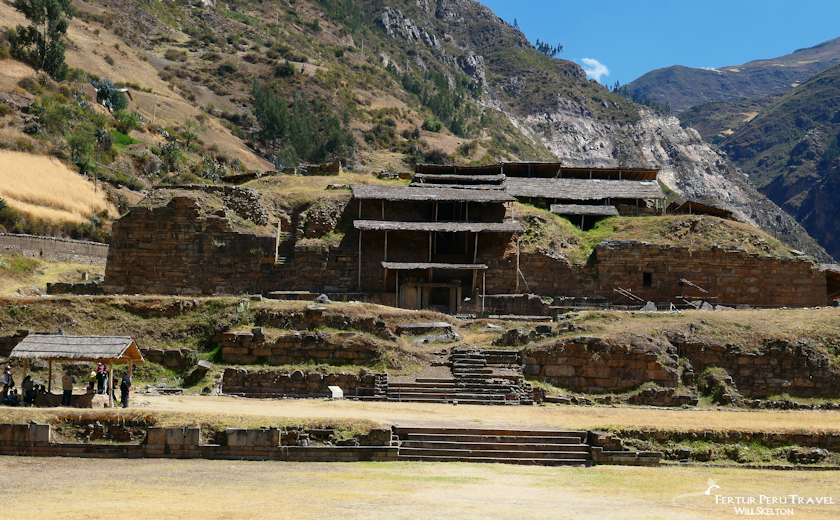
Located in the Ancash Region, about 155 miles (250 kilometers) north of Lima, Chavín de Huántar dates back to approximately 1200 BCE. This ancient capital of the Chavín culture flourished until its decline around 200 BCE, during what is known as the Formative period.
The complex is comprised of a series of massive stone buildings, likely serving as temples due to their scale and the intricate anthropomorphic and animal designs carved on the walls. What makes Chavín de Huántar particularly fascinating is its ingenious architectural features. Most notabe are the underground labyrinth of corridors and tunnels that link the buildings. Strategically placed gaps in the rock allow sunlight to stream into key underground chambers. Ancient acoustic engineering is also evident. Some experts argue that rushing water was channeled to create the sound of a jaguar’s roar throughout the temple, adding to its mystical atmosphere.
Kuelap
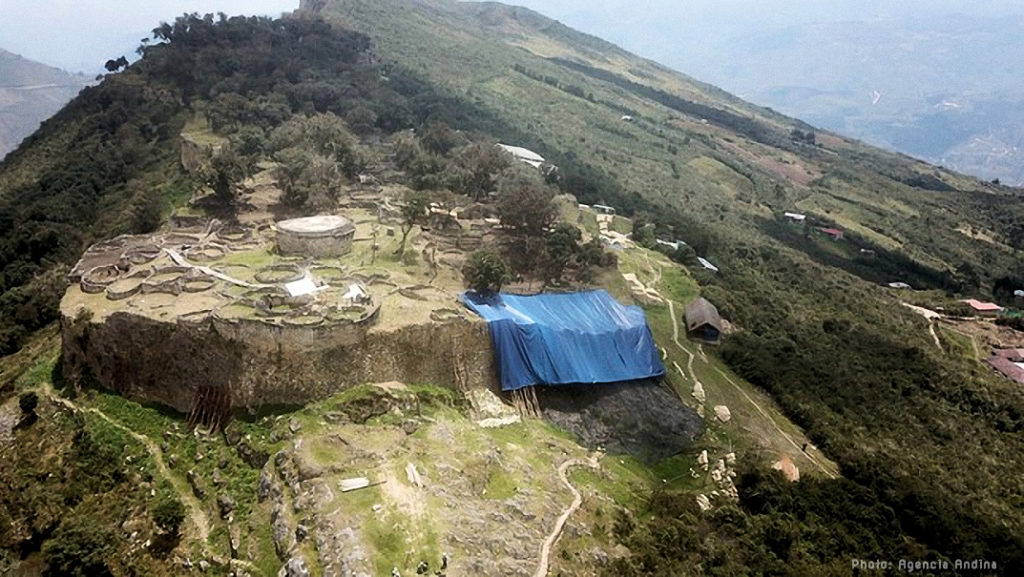
Often called the “Machu Picchu of the north,” Kuelap is a walled city located in the Amazonas region of northern Peru. Built by the Chachapoyas culture, this mountaintop fortress functioned as a political, religious, administrative, and military center. A yellow stone wall rings the complex, measuring 2,231 feet (680 meters) long and up to 65½ feet (20 meters) high. The ruins of 400 circular stone buildings can be seen, adorned with rhomboidal friezes and zigzags in mosaic form, typical of Chachapoyas culture.
Note: The archaeological site was closed in April 2022 after a significant portion of the perimeter wall on the south side collapsed due to heavy rainfall. A month later, a new external tourist circuit was introduced, offering only partial views of the Chachapoya architecture and access remains limited.
Sarcófagos de Karajía
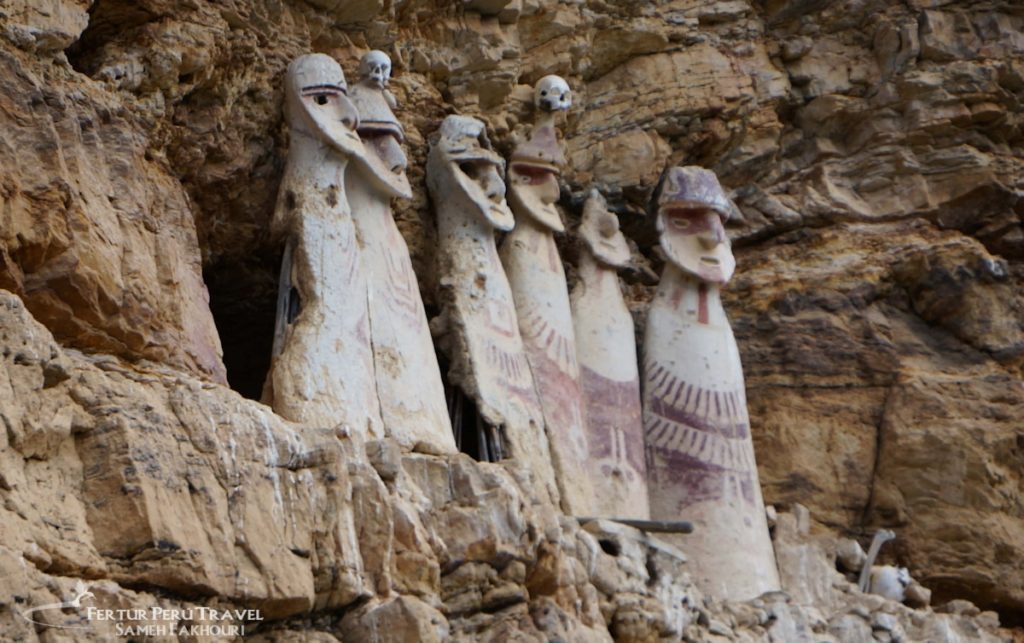
These anthropomorphic sarcophagi, created by the Chachapoyas culture, are located in a remote area of northern Peru. Known locally as “Purunmachacos,” these burial enclosures are connected laterally in groups of 4 to 8 coffins, with their backs built into the cliff-side. Bodies were entombed sitting in a fetal position. The sarcophagi are great anthropomorphic coffins, 6½ feet (2 meters) tall, made from clay mixed with wood and rock, depicting a humanoid head and upper torso. All face west, looking over the river valley, creating a haunting and unforgettable sight.
Peru’s archaeological sites offer a fascinating journey through time, from ancient coastal civilizations to the mighty Inca Empire. Each site tells a unique story of human ingenuity, spiritual beliefs, and cultural practices. Whether you’re exploring the mist-shrouded ruins of Machu Picchu, marveling at the precision of the Nazca Lines, or standing in awe before the ancient city of Caral, Peru’s ancient wonders are sure to leave you with a deep appreciation for the rich tapestry of human history woven into this remarkable landscape.
Lake Titicaca Region
The Lake Titicaca region in southeastern Peru offers unique archaeological and cultural experiences.
Sillustani
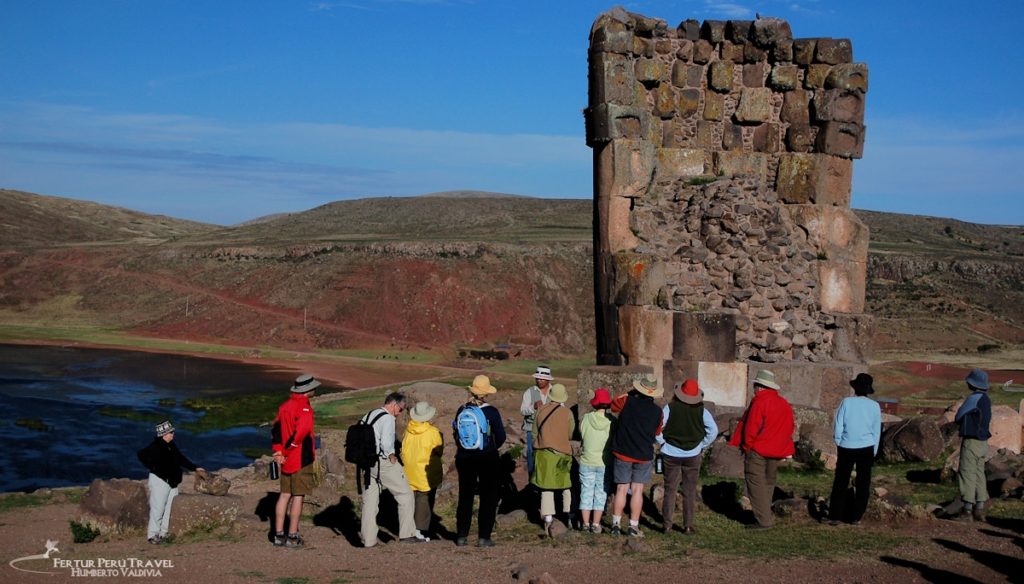
Located 21 miles (34 kilometers) north of Puno, Sillustani is an extensive network of stone burial towers or “chullpas” situated on a plateau overlooking Lake Umayo. The tombs date from the 12th to the 14th centuries CE, belonging to the Kolla culture (1200-1450 CE). These towers, some reaching up to 39½ feet (12 meters) in height, range from rustic pre-Inca mounds to extremely sophisticated stone mausoleums featuring relief carvings and elegant stonework. The tombs were used to inter entire family groups and were reserved for the nobility and priest class.
Beyond Peru’s Borders: Isla del Sol (Island of the Sun) & Tiwanaku
Although Isla del Sol and Tiwanaku are actually located in Bolivia, it’s worth mentioning due to its significance in Inca mythology. This island in Lake Titicaca was believed to be the birthplace of the sun and the Inca civilization.
Tiwanaku (Tiahuanaco): The High-Altitude Empire
Although Tiwanaku is primarily located in modern-day Bolivia, its influence extended into southern Peru, making it an important part of the region’s archaeological landscape. Situated near Lake Titicaca at an altitude of about 12,631 feet (3,850 meters) above sea level, Tiwanaku was the capital of a powerful pre-Inca civilization that dominated much of the south-central Andes between 500 and 1000 CE.
Tiwanaku’s influence can be seen in various Peruvian sites, particularly in the Lake Titicaca region, where its architectural and artistic styles left a lasting impact on subsequent cultures, including the Inca.
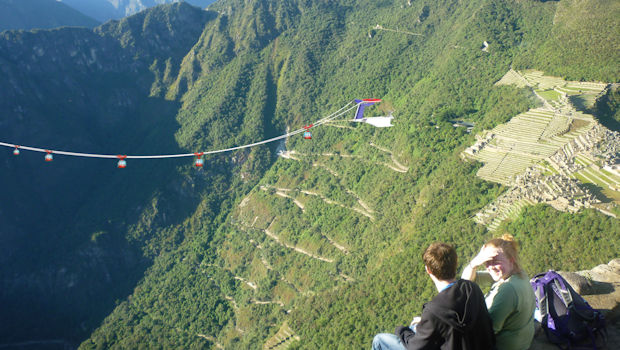 Why the Machu Picchu Cable Car proposal should be rejected
Why the Machu Picchu Cable Car proposal should be rejected 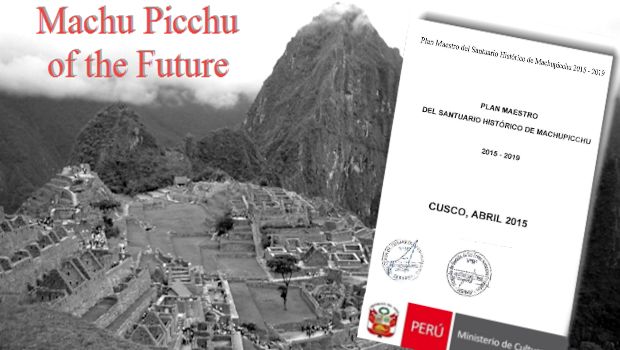 The Machu Picchu Master Plan 2015-2019
The Machu Picchu Master Plan 2015-2019 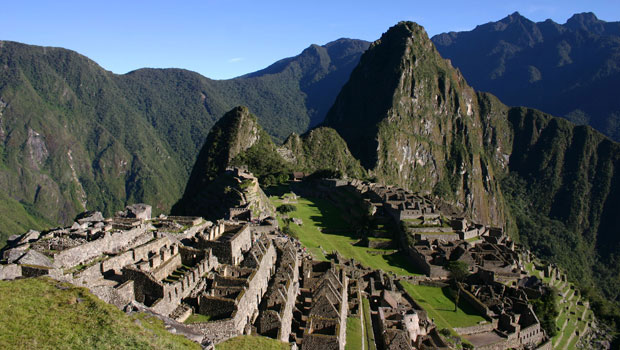 The Inca Sacred Center of Machu Picchu – a Love Letter
The Inca Sacred Center of Machu Picchu – a Love Letter 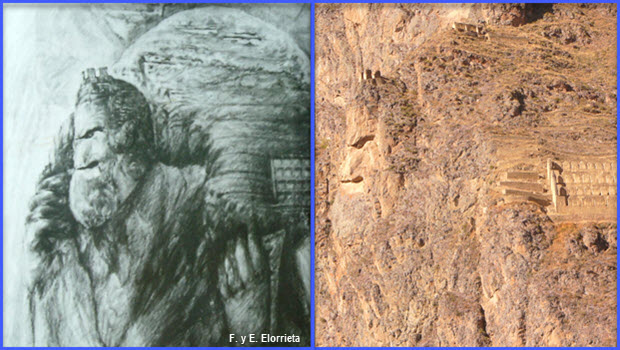 Is that the Inca Creator God you see in the cliffs overlooking Ollantaytambo?
Is that the Inca Creator God you see in the cliffs overlooking Ollantaytambo? 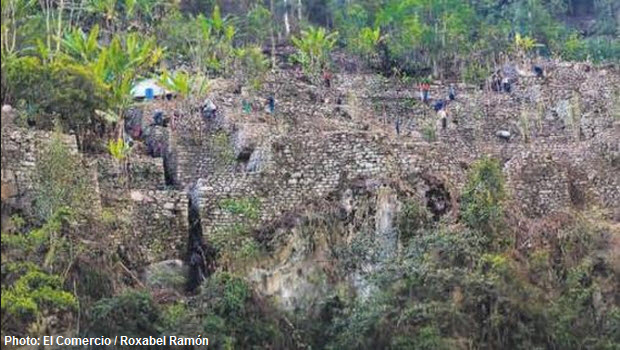 The Caretakers of Machu Picchu
The Caretakers of Machu Picchu 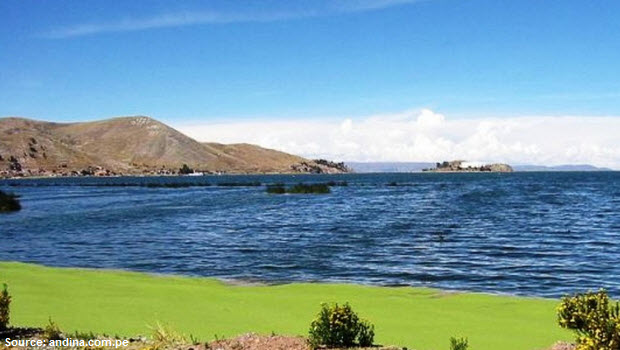 National Geographic Recommends Lake Titicaca among 12 Great Winter Escapes
National Geographic Recommends Lake Titicaca among 12 Great Winter Escapes 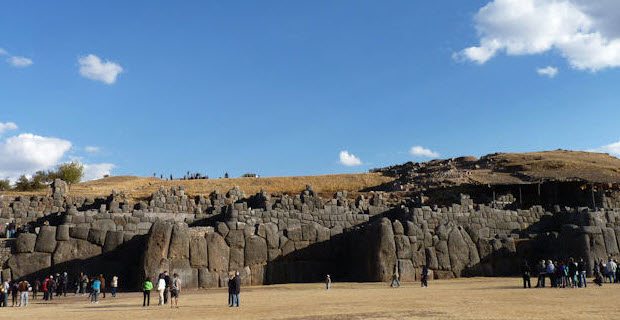 The virtual reality of Inca architecture: Sacsayhuaman
The virtual reality of Inca architecture: Sacsayhuaman